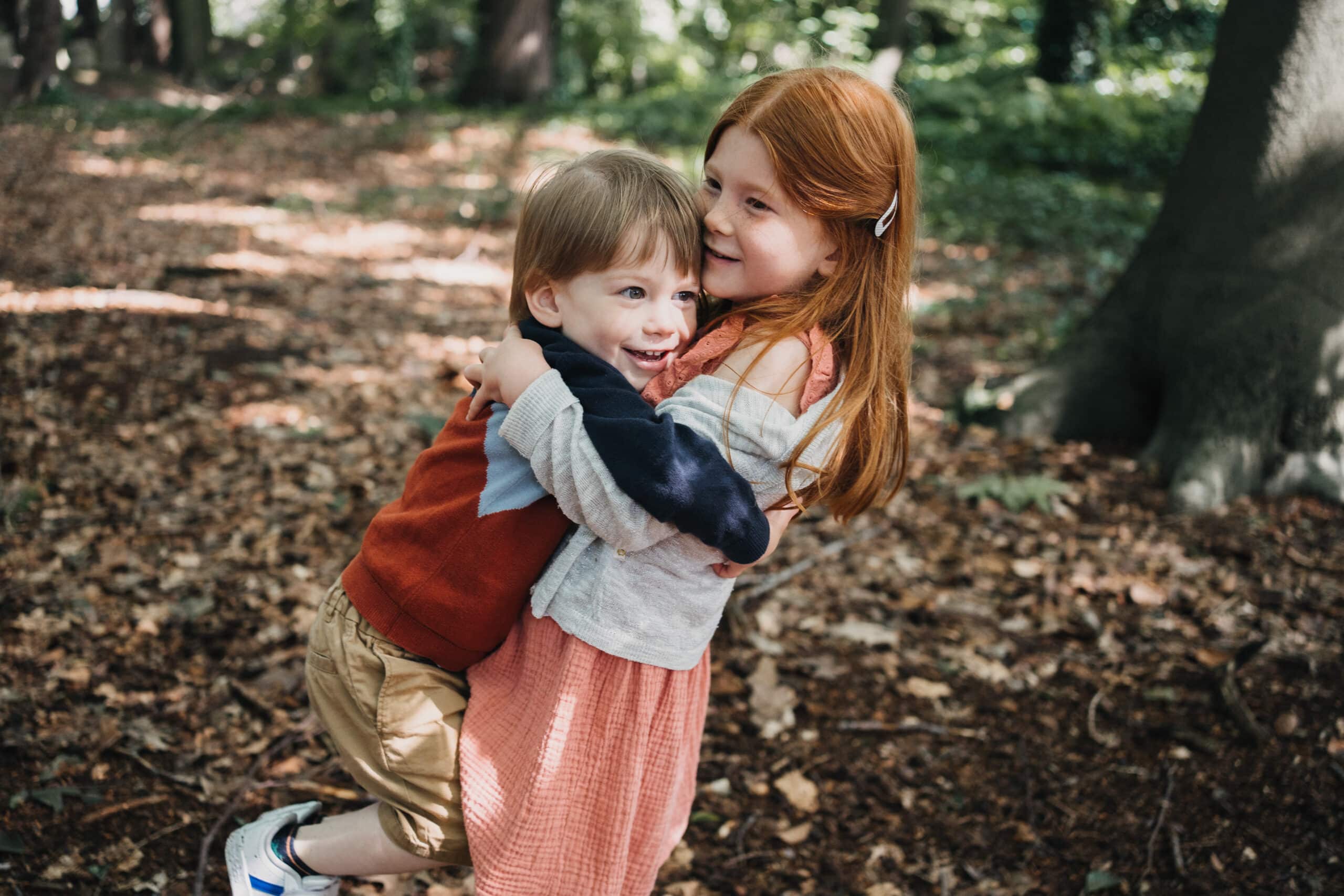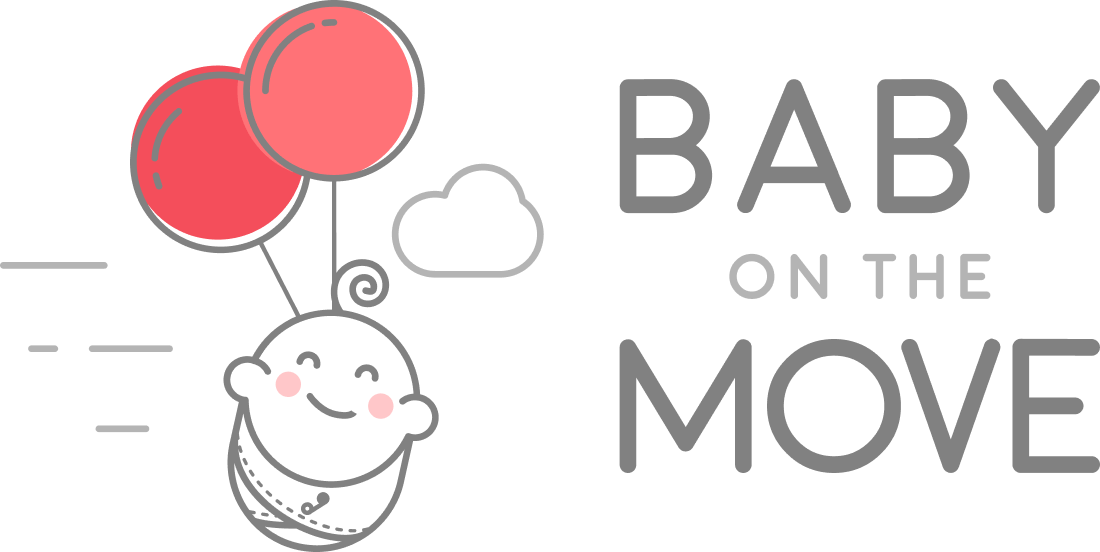When I was little, growing up and going to school in Sint-Niklaas, the world looked quite different from today. Back then, there were only a couple of children in my class from other countries. We spoke the same language, celebrated the same holidays, and grew up with similar traditions. We were all different and unique, but somehow, the same.
Today, when I walk into my kids’ classroom, or when they talk about their friends, it feels like a whole new world. You hear so many languages, see different skin tones, and learn about traditions from all over. It is beautiful! But it can also be challenging…
Some children might not yet speak the local language. Some may behave differently, or even act out, not because they are “naughty,” but because they have gone through things we can hardly even imagine. Some have had to leave their homes and loved ones behind because of war or danger. Others are simply trying to find their place in a new world where every word sounds strange, where even buying a simple loaf of bread feels overwhelming.

I often think back to the years we lived in South Africa, where I became a mother for the first time. Between my husband’s work, my own job, and later as a new mom adjusting in a completely different country and community, I learned firsthand what it means to feel like an outsider. But I also remember very good the warmth of people who welcomed us, who showed patience while we found our place, and who taught me that kindness and openness can bridge even the biggest cultural gaps. Those years changed us deeply, they made us realize how connection grows strongest when we dare to listen, learn from each other, and care beyond what is familiar.
Now those moments when our children come home saying, “Mama, that boy does not listen,” or “She does not understand what I said,” are the perfect opportunities to talk about tolerance. To explain that sometimes, what looks like misbehavior is sadness, fear, or even confusion. That kindness is the bridge that helps another child feel safe, because when a child feels safe, they are able to learn.
And when we talk about language: oh, what a beautiful opportunity that is! Learning to play with someone who does not speak the same words teaches so much about creativity and connection. A smile, a gesture, or a helping hand often says more than a hundred words could. It is a wonderful way for children to learn that communication goes far beyond language.
At home, we try to talk about what our children see and feel at school. When someone feels left out, we talk about empathy. When they feel frustrated because a classmate “does not understand,” we remind them how it might feel to be the one who’s new, lost, or different.
One day, our kids might be the ones in a foreign country, maybe for work, maybe for love, maybe just for adventure. Who knows? And then they will understand exactly how it feels to be the “different one.”

Tolerance is for us not about agreeing with everything or everyone. It is about seeing beyond the surface, about understanding that every person carries a story we might not yet know. So at least it is good to show respect, and compassion.
And that is something we can start teaching at home to build together a better world and a more conscious, open-minded, more tolerant next generation 💛
Lots of love,
Sarah


